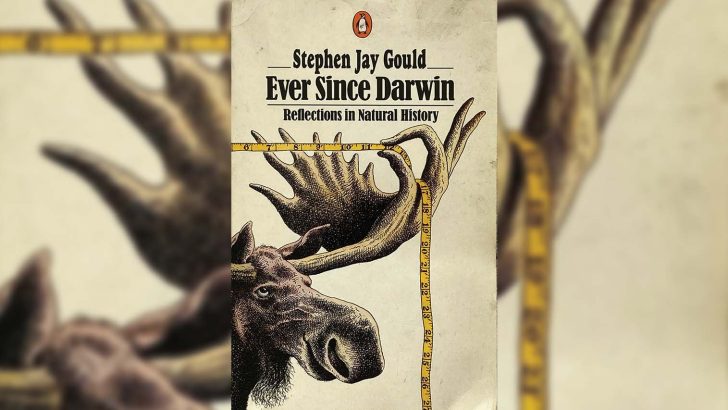The images from Moscow of the marking of Victory Day, with which the news is filled at time of writing, brought into my mind a fleeting thought that President Putin might like to know more about the evolutionary significance of the extinct Giant Irish Elk.
That it has become extinct is only a part of that great beast’s interest. The reason why it became extinct has a lesson for us all.
Along with monastic ruins, round towers, and Irish wolfhounds, the giant Irish elk, over the course of the 19th century, was one of the perennial symbols of Irish nationality, and Irish culture in general. The first three were widely diffused; the Irish Elk was less common perhaps, but was still for many a powerful image.
It seems to these people to represent an Irish entity well equipped for defence and attack against its ravening enemies, such as the wild wolves then common across these islands. The last wolf in Ireland was believed by some to have become extinct in 1798 (though naturalists nowadays think otherwise). He was killed off, not in the wild west of Connacht, by the way, but in well-cultivated Leinster.
In that baleful year of revolution what Ireland had badly needed was some entity as well armed as the Irish elk. This the Fenians and the ongoing Republican tradition attempted to provide, eventually according to some freeing Ireland – though this never quite explained how it was that Ireland continued to be a democracy, rather than accept the junta-rule by the IRB army council.
Of course the popular idea about the Irish elk was not very exact, again according to modern scientists. It was not even an elk, such as those in Sweden and elsewhere in North Europe, but a form of over-grown deer.
In the Natural History Museum on Dublin’s Merrion Square the mounted skeleton of a giant Irish elk dominates the entrance way. This was brought in from the Isle of Man. Others like it can be seen in the Ulster Museum, and in museums in Scotland. The creatures stood some seven feet at the withers, and carried a spread of antlers ten feet across that were formidable indeed. As the largest creature ever to have lived on this island they have never been less than well celebrated.
Antlers
But these antlers were seen by modern zoologists as being too large to carry and so contributed to their extinction. And here is the point for Putin. The essay by American palaeontologist Stephen Jay Gould (which can be found collected in his book Ever Since Darwin (New York, 1977)) fills in the background on this, and is a useful portal to the ongoing controversies, and what suits animals – and by extension, humans, for defence.
The formidable weapons paraded through Moscow last week are rather in the same category. They may look scary and they are. But they are so dangerous that they would leave a Europe or a world so contaminated that Russia too would not survive. To destroy one’s self in defending one’s self as Putin claims he is doing seems a deranged thing to do.
But for Ireland, considering increasing its own defence capability might think it better to give more serious thought to pacifism as a moral duty in the life of the Christian: “For all that take the sword shall perish by the sword”; “They who live by the sword, die by the sword.”
The words are not mine, but those of a person Christians say they would wish to emulate.


 Peter Costello
Peter Costello
